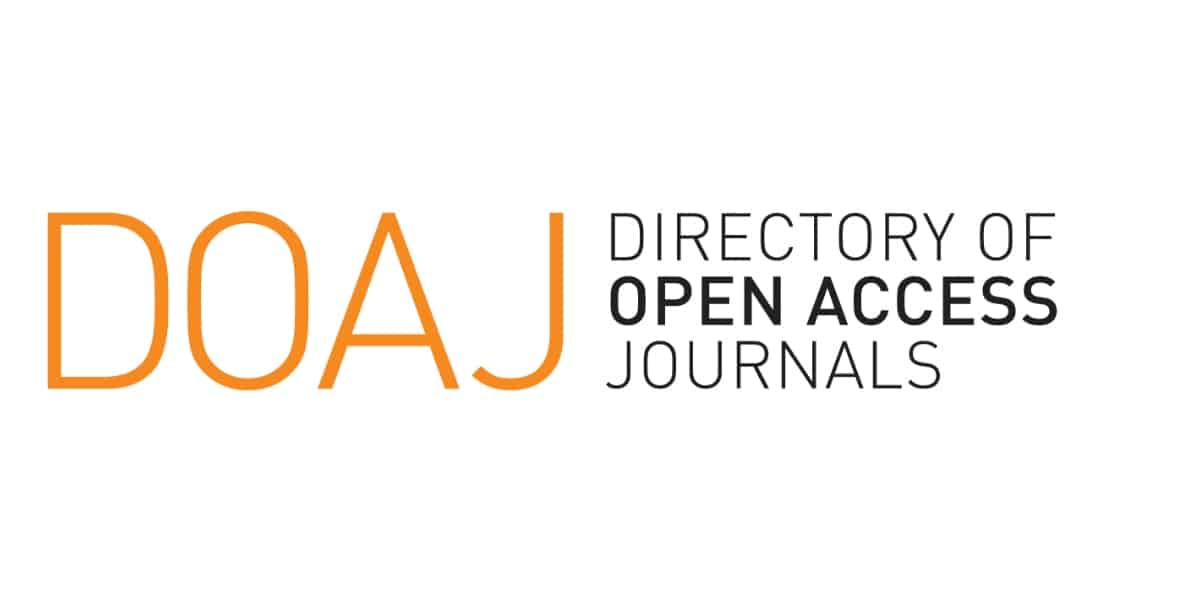Myths and Archetypes in Rushdie’s Postcolonial World
DOI:
https://doi.org/10.18485/analiff.2020.32.1.11Keywords:
postcolonialism, magical realism, archetypes, myths, collective unconsciousAbstract
The following study analyses the realisations of the collective unconscious – archetypes and myths – in the world of postcolonial magical realism of Salman Rushdie in Midnight’s Children. The introduction provides a theoretical framework which relies on Jungian theory of the collective unconscious and archetypes. Archetypes create myths, religions, fairy tales and folk tales, and these creations become representatives of entire nations and epochs. Furthermore, the study examines the ways and reasons myths are implemented, since myths can serve as a tool for tapping into the collective unconscious. The paper gives special attention to religion (spirituality) and sexuality, as innate architypes and needs. Since Rushdie turns his back on Victorian and Indian tradition, giving advantage to postcolonial impulses and attitudes believing in an atheistic world that rejects myths, in the implementation of magical elements he sees an opportunity for the colonised and oppressed to finally rise above their oppressors.
Downloads
Published
How to Cite
Issue
Section
License

This work is licensed under a Creative Commons Attribution-ShareAlike 4.0 International License.
Authors who publish with this journal agree to the following terms:
- Authors are confirming that they are the authors of the submitting article, which will be published (print and online) in the journal Anali filološkog fakulteta by the Faculty of Philology, University of Belgrade (Faculty of Philology, Studentski trg 3, 11000 Belgrade, Serbia). Author’s name will be evident in the printed article in the journal. All decisions regarding layout and distribution of the work are in hands of the publisher.
- Authors guarantee that the work is their own original creation and does not infringe any statutory or common-law copyright or any proprietary right of any third party. In case of claims by third parties, authors commit their self to defend the interests of the publisher, and shall cover any potential costs.
- Authors retain copyright and grant the journal right of first publication with the work simultaneously licensed under a Creative Commons Attribution-ShareAlike 4.0 International License that allows others to share the work with an acknowledgement of the work's authorship and initial publication in this journal.
- Authors are able to enter into separate, additional contractual arrangements for the non-exclusive distribution of the journal's published version of the work (e.g., post it to an institutional repository or publish it in a book), with an acknowledgement of its initial publication in this journal.
- Authors are permitted and encouraged to post their work online (e.g., in institutional repositories or on their website) prior to and during the submission process, as it can lead to productive exchanges, as well as earlier and greater citation of published work.





